 Perception Mismanagement at the RNC
Perception Mismanagement at the RNC
Some people propose that this election will be all about the economy, stupid, so that the failure of the Obama administration to reverse in a mere four years a fiscal crisis engineered by the Republic Party over decades will lead to his defeat come November 6.
True, no one ever went broke underestimating the intelligence of the American people (now more than ever). But ever since November 5, 2008, the morning after Obama’s decisive victory over John McCain, the Republicans have trumpeted their intention to block everything the Obama administration attempts to do. They’ve boasted of every triumph along those lines on Fox News and every other right-wing platform. Unless the same Americans presumably concerned about the economy have lost the ability to put two and two together, that dog won’t hunt.
If, instead, as others believe, this will be an election based mainly on perception management, the inevitable consequence of our hypermediated environment, then so far it has demonstrated that the Democrats manage perception more adroitly than the Republicans. Management of perception premises itself to a considerable extent on control of visual imagery, my primary area of interest, and in my professional opinion the donkeys surely have it over the elephants in that regard. So I turn my attention to last week’s 2012 Republican National Convention in Tampa, Florida.
Let’s start with the profound weirdness of an aging Clint Eastwood interviewing an imaginary Barack Obama (represented by an empty chair to his left on the RNC stage) — ill-conceived, badly directed, ineptly acted, the saddest, most painful, most embarrassing star turn I’ve ever seen at any convention of either party. Gaunt, wild-haired, unfocused, stammering, Eastwood seemed not at all in his element but instead a fish out of water, even (it hurts me to say this, as a long-time fan) borderline senile.
In all fairness, the RNC’s organizers couldn’t have expected, and surely didn’t preview and approve, a rambling, unpolished “improv” in which Eastwood breached etiquette by addressing his unseen victim as “Mr. Obama” instead of “President Obama” in a one-way conversation replete with implied vulgar language put in the mouth of the current lawfully elected POTUS. Yet something deeply ugly radiated from the image of Eastwood towering over the seated “imaginary Obama” as Dirty Harry literally talked down to him patronizingly, ordering him to “shut up,” chastising and belittling him in absentia.
It conjured up the image of an “imaginary Massa,” if you will, an arrogant patrician Southern plantation owner, doddering yet white and gun-toting, thus empowered to humiliate a grown black man who can’t talk back, in front of a laughing, jeering, cheering crowd of white people who roared with approval when Eastwood announced “We own this country” and “Politicians are employees of ours” before closing with an ominous “Make my day” chanted by the assembly. If, imagistically speaking, Eastwood and his co-religionists symbolized anything at that moment, it was a generation whose time has passed.
I don’t think of Eastwood himself as a racist, but for those endless minutes he somehow channeled and legitimized the racism and oligarchy buried shallowly in the collective unconscious of the Republic Party, shaming himself in the process. The invisibility of Obama in that unscripted passage of revelation serves as an apt metaphor for the absence of people of color in the Republic Party.
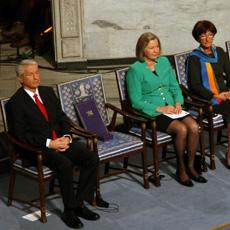
Empty chair at Nobel Peace Prize ceremony, 12-10-10. Photo by Wang Nan for Voice of America, courtesy Creative Commons.
Clearly Eastwood is unaware of the current symbolism of the empty chair internationally as a stand-in for prisoners of conscience, used as such by the Nobel Peace Prize Committee (for Liu Xiaobo in 2010), Amnesty International, PEN International, and other human-rights organization. That’s what an empty chair signifies today in the political world: the forced absence of someone not allowed to speak for him- or herself — precisely the dynamic of Eastwood’s mock-dialogue. Eastwood’s obliviousness to this visual signal bespeaks a man woefully out of touch with the symbolic language of our time.
His playlet generated an instant visual meme of its own, already known as “Eastwooding,” in which people post photos or videos of themselves talking to empty chairs. (Here it is at Twitter, and here it is at YouTube.) Someone immediately opened an “Invisible Obama” account at Twitter, which as of this writing has more than 67,000 followers.
From the moment Eastwood started his lame shtick till now, public response thereto has far outstripped reaction to Willard Mitt Romney’s predictable, tedious acceptance speech, which answered none of the outstanding questions about him and his policies and broke no new ground. Unintentionally, instead of setting the stage for Romney, Eastwood inadvertently upstaged him, in a way that made The Man with No Name a laughingstock and turned what was meant as the climactic, triumphant night of the convention into a joke on the internet.
Obama, whose media savvy outstrips that of the entire Republic Party combined, promptly sent the tweet below from his Twitter account:
There’s more genuine wit in that image with its three-word caption than in anything said during the entire RNC.
•
The Republic Party’s main image problem is “the whiteness of its wail,” to steal a line from jazz critic Gary Giddins. Consider the sea of white faces at the RNC, the TV cameras’ desperate scanning of the attendees for any person of color, and the obligatory trotting out to the podium of every available minority speaker, in vast disproportion to their presence and power at the convention (a piddling 2 percent) and in the Republic Party itself. The demographics of the conventioneers, as seen via the video coverage, suggests that when this crowd listens to Golden Oldies, it’s Mitch Miller and Lawrence Welk and, just possibly, Louis Armstrong in his “Hello, Dolly!” phase — not Dizzy Gillespie or James Brown or Etta James. Certainly not Jimi Hendrix, Aretha Franklin, or Herbie Hancock.
That suburban/snowbird impression didn’t get offset by Paul Ryan at the podium name-checking all-white bands like AC/DC and Led Zeppelin. (Maybe now he’ll start using “Dirty Deeds Done Dirt Cheap” as his theme song.) Born in 1970, he’s 42. He proclaims himself a fan of Rage Against the Machine, whose guitarist, Tom Morello, responded, “Paul Ryan’s love of Rage Against the Machine is amusing, because he is the embodiment of the machine that our music has been raging against for two decades.” Notably, Ryan avoided mentioning RATM in his RNC speech.
Romney’s acceptance speech at the conclusion of the convention drew a mere 30.3 million viewers, down from the 40 million-plus who watched that great orator John McCain four years ago. Not a good sign. The Republic Party’s self-presentation as white-oriented surely didn’t get any boost from Ann Romney’s post-convention assertion that she’s “hearing from so many women that may not have considered voting for a Republican before, but said, ‘It’s time for the grown-up to come, the man that’s going to take this seriously.'”
If, at the age of 51, the current occupant of the Oval Office isn’t a “grown-up,” a “man,” then he’s presumably still a “boy.” Ms. Romney would never have the forthrightness to use that word about an adult black male in public, but the code isn’t hard to crack. That nuanced infantilizing of Obama came from the wife of a former bishop in the Church of Latter Day Saints, which refused ordination to the church’s lay priesthood to “Negroes and others of Negroid blood” until a belated “revelation” from You Know Who in 1978 okayed it.
So Willard Mitt Romney has good reason for talking about his faith, and his church, in only the vaguest of terms. He surely doesn’t want to answer questions about how, until then, according to Mormon scripture, “the Lord had placed a curse upon the Negro,” only to suddenly change His (or Her) mind. Among the many elephants in the room at the Tampa Convention Center about which no one spoke, Mormonism and race sat in the very front row.
One correspondent recently emailed me repeatedly in private to insist that I have no business commenting on Romney’s religion, as it’s a personal matter and, in any case, “a non-photographic” subject; hence my “Photocritic blog is not the place for it.” I couldn’t disagree more. The Republic Party initiated a vicious anti-Catholic attack on 1928 Democratic presidential nominee Alfred E. Smith. The Republic Party initiated a vicious anti-Catholic attack on 1960 Democratic presidential nominee John F. Kennedy. The Republicans have spent the past five years insinuating that Obama is not even a Christian but a secret Muslim.
Their current platform opposes sex education, birth control, abortion, and gay marriage on religious grounds while endorsing school prayer and “the public display of the Ten Commandments as a reflection of our history and of our country’s Judeo-Christian heritage.” Hypocritical in the extreme to claim some exemption from scrutiny of his or her faith for any Republican anywhere on that party’s ideological spectrum.
As for what’s appropriately within the scope of this blog, I’ll be the judge of that. Easy enough to unsubscribe, or not visit, if you don’t like what you find here. However, as I proposed at the outset of this post, much of this election — much of any election in the western world today — depends heavily on the crafting of images for purposes of persuasion: mental images, visual images. His own party indicated before the convention that they needed to counteract the impression Romney gives of stiffness, impersonality, social awkwardness, and general uncomfortableness in his own skin: in short, his visual self-presentation to the electorate through the camera lens.
Surely that falls within the purview of a commentator on matters visual and photographic. As does the quasi-alcoholic snarking of Reince Preibus, the strained Stepford-wife vapidity of Ann Romney, and the grotesquely bloated figure and ego of Chris Christie, none of whom the camera loves, to put it mildly.
Next I’ll consider the Democratic National Convention along the same lines. Thereafter I’ll post periodic updates on how the candidates of both parties handle image-related issues, so stay tuned (or not).
•
For an index of links to all posts related to this story, click here.
•
This post supported by a donation from the Estate of Lyle Bongé.


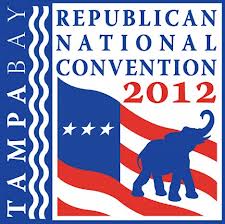
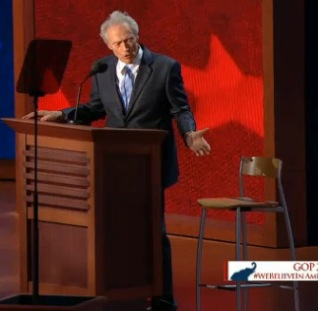
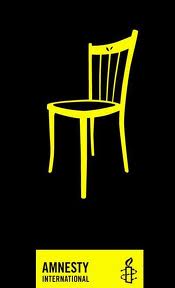
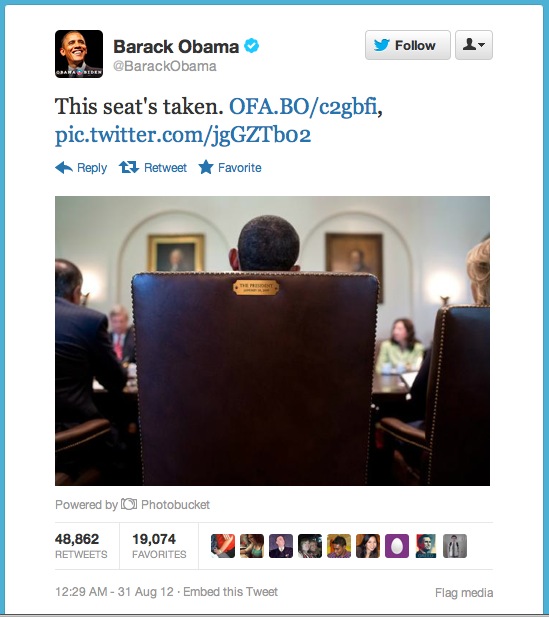
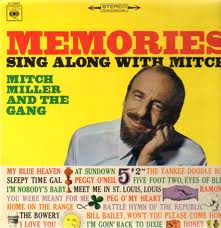
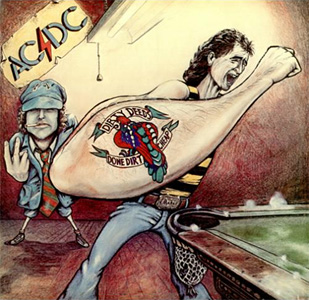
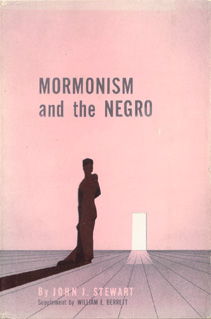
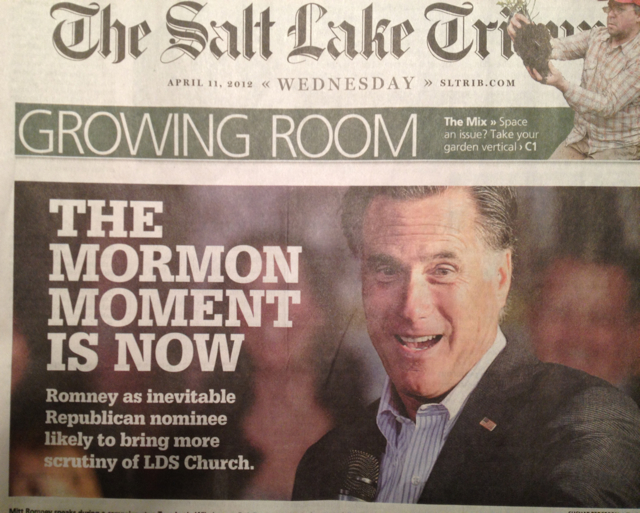
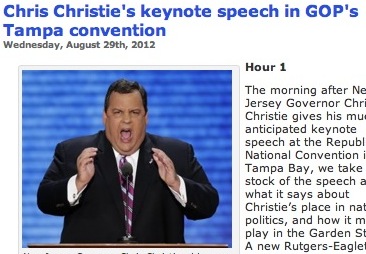




Superb analysis and commentary. Keep it coming.
As the “one correspondent” referred to in Allan’s message, I agree with everything he said. The point of my original off-blog message in July to him is that I thought he was off-base in mocking Moroni, the Mormon’s angel. I am not a Mormon, but Allan would have been equally off-base by mocking Jesus, or Moses,or Abraham, or Mohammed or (you name it).
Unlike Martin Magid, I hold nothing sacred, and respect no one else’s sacred cows. Thus I don’t consider it “off-base” to mock Jesus, or Moses, or Abraham, or Mohammed, or any other prophet of any faith — or, for that matter, any of the deities they claim to speak for, or any of their supposed angels. I realize that this may offend some readers (not to mention the risk of inciting fatwas, damnation to the fiery pit, etc.), and I accept that. As we in the skepticism biz say, don’t do the crime unless you can do the eternity in hell.